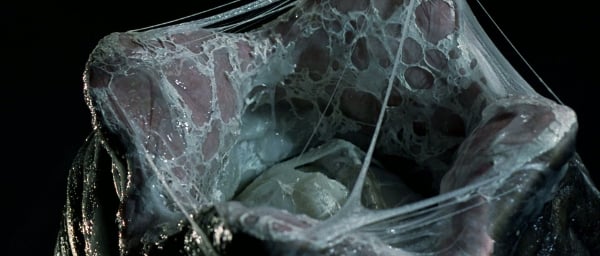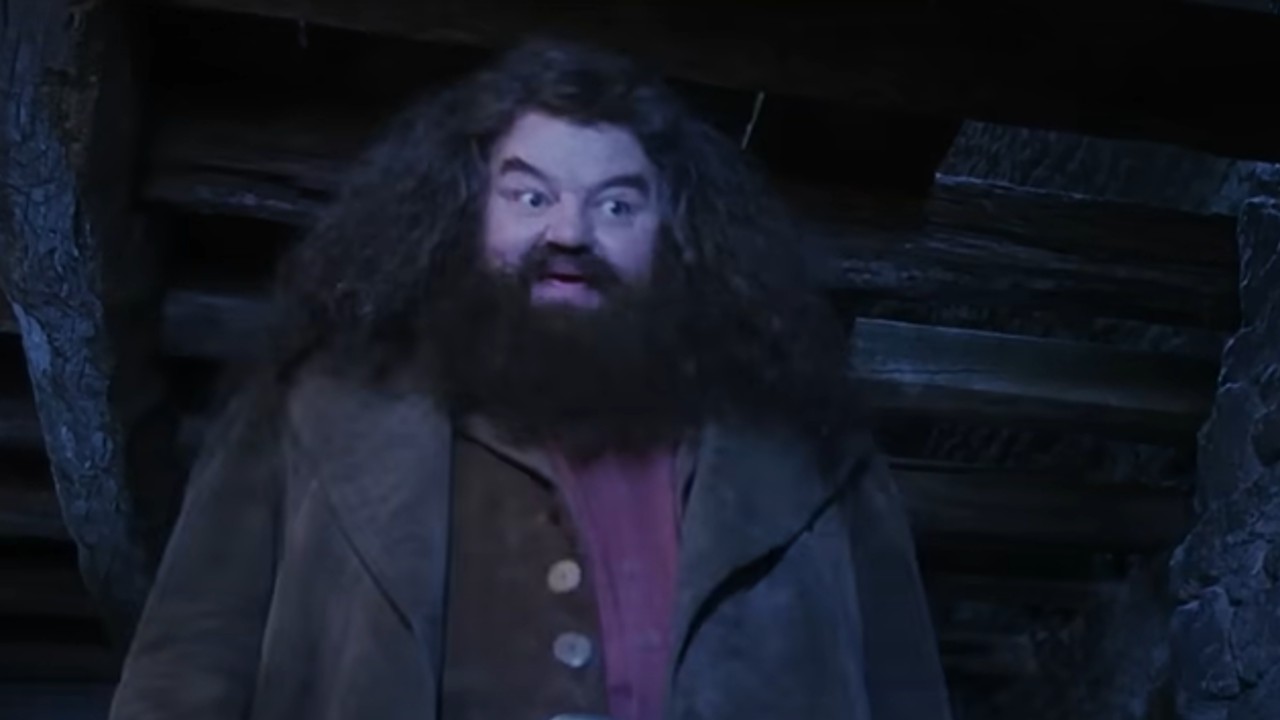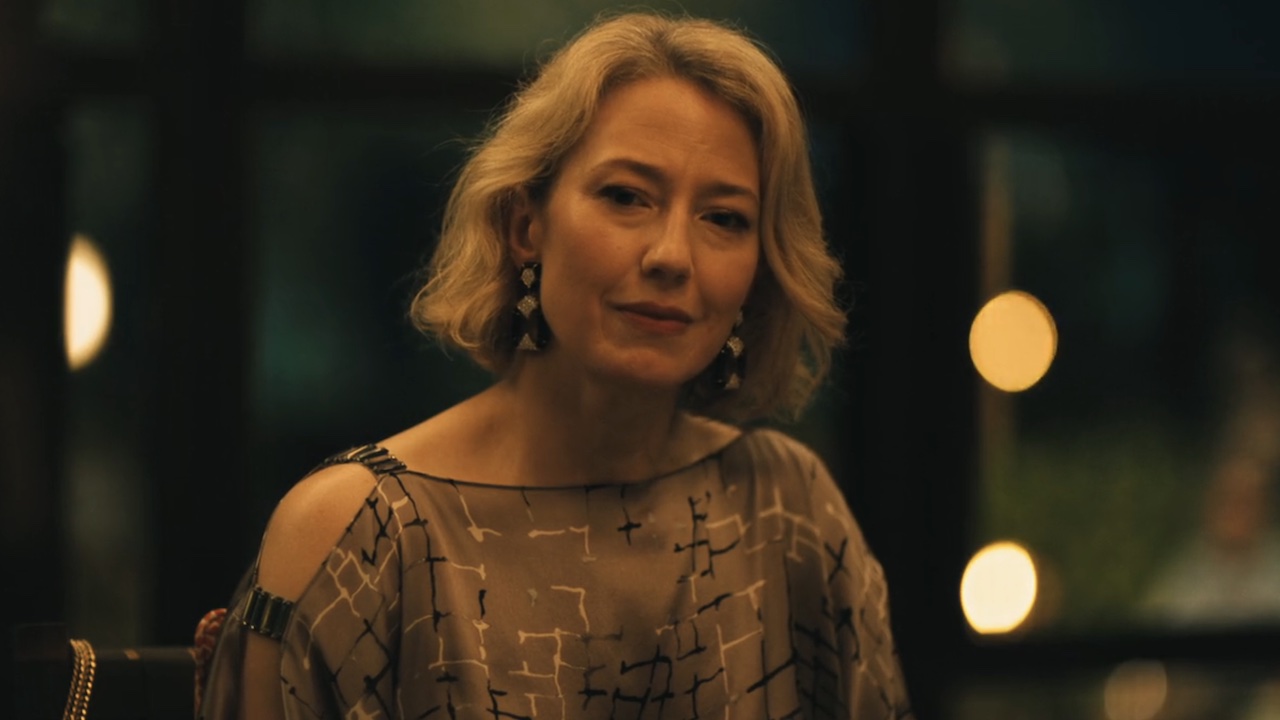Academy Award Winning Artist H.R. Giger, Dead At 74

Hans Ruedi Giger, or H.R. Giger as the world would come to identify him, was a man who both created and influenced the creation of some of Hollywood's most iconic creatures, and made a living out of giving people nightmares. His designs were unforgettable, and his personality was equally as memorable, giving people impressions through his artwork that clashed with the person he actually was. Unfortunately, Mr. Giger passed away on Monday, due to injuries sustained from a fall. He was 74 years old, and he leaves behind a legacy of well crafted horror that made movie audience and art patrons all over not only question what they were seeing, but also how they felt about it.
Yahoo has run an obituary with some interesting facts about the man's life. As early as his twenties, his fascinations with death and sex had caused his work to be looked upon with great disdain. Just ask the gallery owner who had to clean his spit laden windows every morning while hosting an early installation of Giger's work. From there, he designed album covers for artists like Debbie Harry and Emerson, Lake, and Palmer; but perhaps his greatest calling was to designing creatures and sequences on films such as Alien (the film for which he would win a Best Special Effects Oscar for in 1979), Poltergeist II, and Species.
Growing up as a kid, two of the movie monsters that intrigued me the most were the Xenomorph from Alien and Sil from Species. H.R. Giger's designs were unique blends of familiar features from both machines and biology, but crossbred together in such a nightmarish fashion you couldn't help but realize you should be screaming a moment later than you should have. This was especially true with Sil, the alien with looks that could kill as quickly as her bare hands, played by Natasha Henstridge in Species.

It was no accident that a woman as beautiful as Henstridge was cast to play the creature whose sole purpose was to mate and/or kill human men. H.R. Giger, after all, loved to mix brazen sexuality and grotesque horror in his design work. It was a mix that would sometimes land him at odds with studio censors and those who worried his work was a little too risque. Such an instance happened to him during the production of Alien, where he was asked to alter the design of the eggs.

As the story goes, Giger's original design for the eggs represented a certain part of the female anatomy, which did not sit well with the producers on the film. When asked to change the design, he merely gave the eggs another level of openings which, according to the artist himself:
"seen from above, they would form the cross that people in Catholic countries are so fond of looking at."
H.R. Giger, as any personality of note, can be best summed up in his own words. In his case, I'll pull from an interview he took part in with Starlog Magazine in 1979:
"My paintings seem to make the strongest impression on people who are, well, who are crazy. If they like my work they are creative ... or they are crazy."
The creative and the crazy have lost an artist they could call their own this week, and he will be dearly missed. But at least there are indelible and widely known examples of that brilliant madness that Giger stood for, which will continue drawing in people from both camps for generations to come.
CINEMABLEND NEWSLETTER
Your Daily Blend of Entertainment News

Mike Reyes is the Senior Movie Contributor at CinemaBlend, though that title’s more of a guideline really. Passionate about entertainment since grade school, the movies have always held a special place in his life, which explains his current occupation. Mike graduated from Drew University with a Bachelor’s Degree in Political Science, but swore off of running for public office a long time ago. Mike's expertise ranges from James Bond to everything Alita, making for a brilliantly eclectic resume. He fights for the user.









